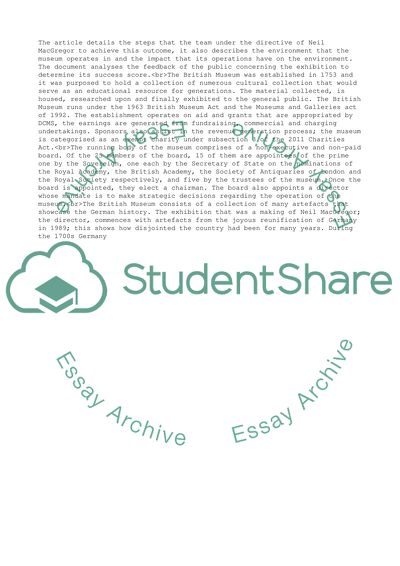Cite this document
(Project Management Research Paper Example | Topics and Well Written Essays - 2750 words - 1, n.d.)
Project Management Research Paper Example | Topics and Well Written Essays - 2750 words - 1. https://studentshare.org/management/1874113-project-management
Project Management Research Paper Example | Topics and Well Written Essays - 2750 words - 1. https://studentshare.org/management/1874113-project-management
(Project Management Research Paper Example | Topics and Well Written Essays - 2750 Words - 1)
Project Management Research Paper Example | Topics and Well Written Essays - 2750 Words - 1. https://studentshare.org/management/1874113-project-management.
Project Management Research Paper Example | Topics and Well Written Essays - 2750 Words - 1. https://studentshare.org/management/1874113-project-management.
“Project Management Research Paper Example | Topics and Well Written Essays - 2750 Words - 1”. https://studentshare.org/management/1874113-project-management.


